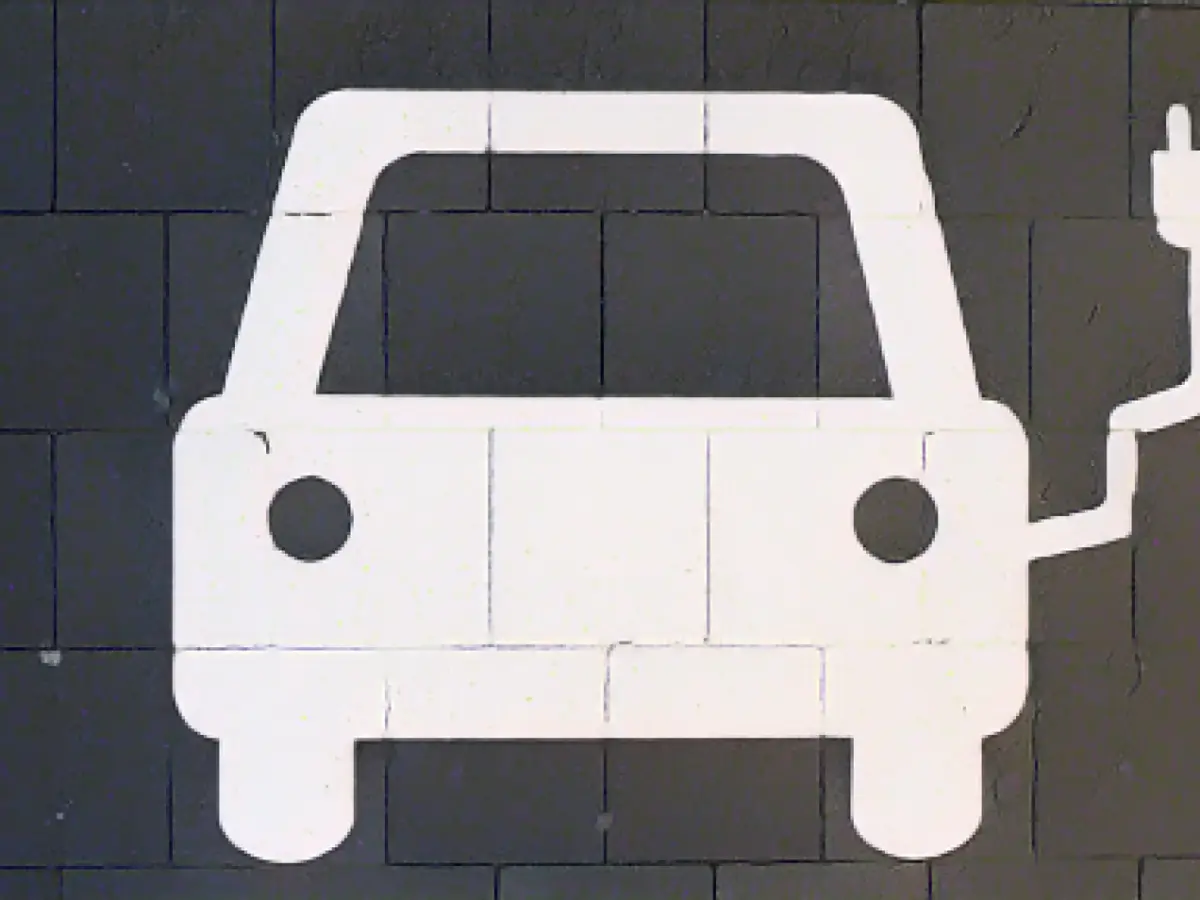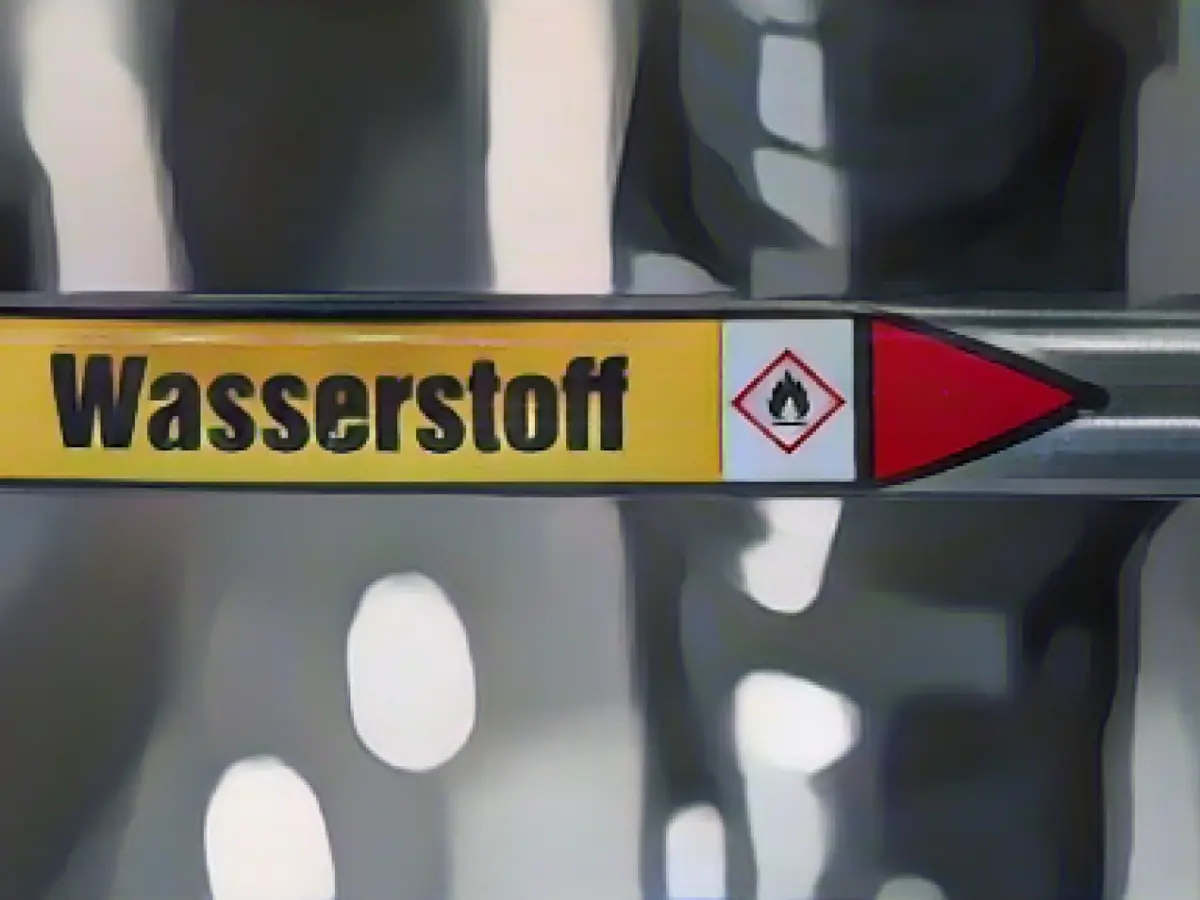Wind power industry applauds Schleswig-Holstein's wind energy expansion plans
In a noticeable show of approval, the wind energy sector has endorsed the Schleswig-Holstein state government's ambition to boost wind power. Marcus Hrach, Managing Director of the State Association for Renewable Energies, declared on Tuesday, "The black-green government has recognized the necessity of allocating substantially more land for wind energy as we strive towards climate neutrality, and they're now fulfilling the federal requirements."
The cabinet's decision included upping the onshore wind power capacity from 7.9 to 13 gigawatts by 2030. From now on, 3% – rather than the present 2% – of Schleswig-Holstein's land area will be dedicated to wind energy projects.
Hrach pointed out that expedient action is required to meet 2030's energy policy objectives. He criticized the limiting delay in planning and the excessive usage of the already allocated areas. He emphasized the urgent need for the designation of new, developable areas for contemporary wind turbines at the earliest opportunity. Delaying planning until 2027 would be utterly unacceptable.
The association suggested several key improvements. Introducing earlier "repowering" outside designated priority areas could minimize the decline in approvals and fill the period between the legally bound designation of fresh areas. Repowering is the process of replacing old turbines with new ones. Additionally, hastening the implementation of regulations regarding the prohibition of increasing the height of wind turbines by three times the height of residential buildings and five times the height near settlements is vital for propelling the expansion of wind power forward.
Additional Insights:
- Accelerating Wind Energy Transition:
- Increased Efficiency: Boosting wind energy generation capacity by repowering existing turbines with advanced technology can substantially elevate output. For instance, a Nordex N149 turbine repowering project in Minden, North Rhine-Westphalia, showed a 500% increase in efficiency, generating more electricity yearly.
- Promoting Sector Coupling:
- Decentralized Energy Integration: Schleswig-Holstein's expanding wind farms contribute notably to the regional feed-in of renewable energy sources, which is backed by the Renewable Energy Sources Act (EEG). EEG advocates for an increase in green electricity production to 65% by 2030.
- Reducing Greenhouse Gas Emissions:
- Transition Away from Non-Renewable Energy: By augmenting wind farm efficacy, Schleswig-Holstein can further sever connections to non-renewable power sources, which is vital for Germany's ambitious climate objectives, such as reducing greenhouse gas emissions by at least 65% compared to 1990 levels.
Related Topics:
- The German authorities' dedication to wind energy expansion for climate neutrality in Schleswig-Holstein showcases their support for renewable energy sources like wind power.
- As part of this strategy, Schleswig-Holstein's state government announced plans to upgrade the wind power capacity by assigning a larger land area – approximately 3% – for modern wind turbines by 2030.
- The renewable energy sector has lauded these plans, acknowledging the importance of allocating more land for wind energy production to meet climate neutrality targets by 2030.
- To meet the objective of the 2030 energy policy, prompt government action is required to identify and develop new land areas for wind energy projects, thereby averting delays in planning and construction.
- To further expedite the wind energy transition, improvement suggestions like embracing earlier repowering outside designated priority areas and prompt implementation of height restriction regulations have been proposed by the sector.
Sources:
Enrichment Data:








